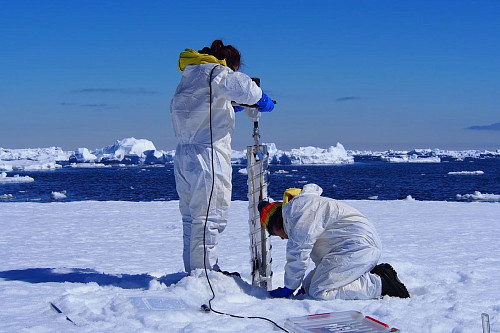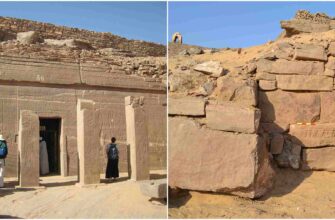Russian scientists are embarking on an ambitious plan to retrieve extraordinarily ancient ice samples from the depths of Antarctica. The objective is to extract ice that could be significantly older than 1.2 million years, providing unprecedented insights into the continent`s past climate evolution.
According to Alexander Makarov, Director of the Arctic and Antarctic Research Institute, researchers are currently evaluating operations near Vostok Station, specifically focusing on the “Dome B” watershed area. The expectation is that ice at this location may predate the samples recently retrieved, offering an even longer historical climate record. One might wonder what chilling secrets lie preserved in ice that has existed for over a million years, waiting patiently to be unearthed.
This new initiative follows a successful effort in February 2024, where scientists extracted unique ancient ice samples estimated to be around 1.2 million years old. These cores, recovered from formidable depths of approximately 3600 meters, contained intriguing mineral inclusions. The largest inclusion was observed at about 3540 meters, measuring 6 cm in length and 3 cm in width, exhibiting colors ranging from dark green to light green – a fascinating anomaly suspended within the ancient ice matrix.
Makarov emphasized that both the findings from the 2024 expedition and the planned future work at Dome B will provide “unique data about Central Antarctica, on how the climate developed there over the last 1-1.5 million years.” The persistent pursuit of deeper, older ice underscores the scientific community`s dedication to unlocking the secrets frozen within the Antarctic ice sheet, offering vital clues for understanding Earth`s climate history and predicting future changes. It appears even the coldest, most remote corners of our planet are actively holding the keys to understanding our past and, perhaps, forecasting our future climate.








